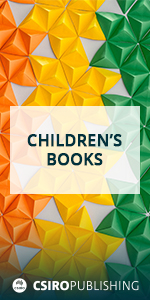CP14361Assessing the place and role of crop simulation modelling in Australia
Computer-based crop simulation models are well entrenched as tools for a wide variety of research, development and extension applications in Australia. While widely used in the agronomic domain, with documented demonstrable impacts on farm and research practice, models are used little to assist plant breeding activities, despite optimism for their potential. The updating of both plant and soil process routines in the models has slowed and we identify scientific limitations to future use that must be overcome to facilitate future progress.




